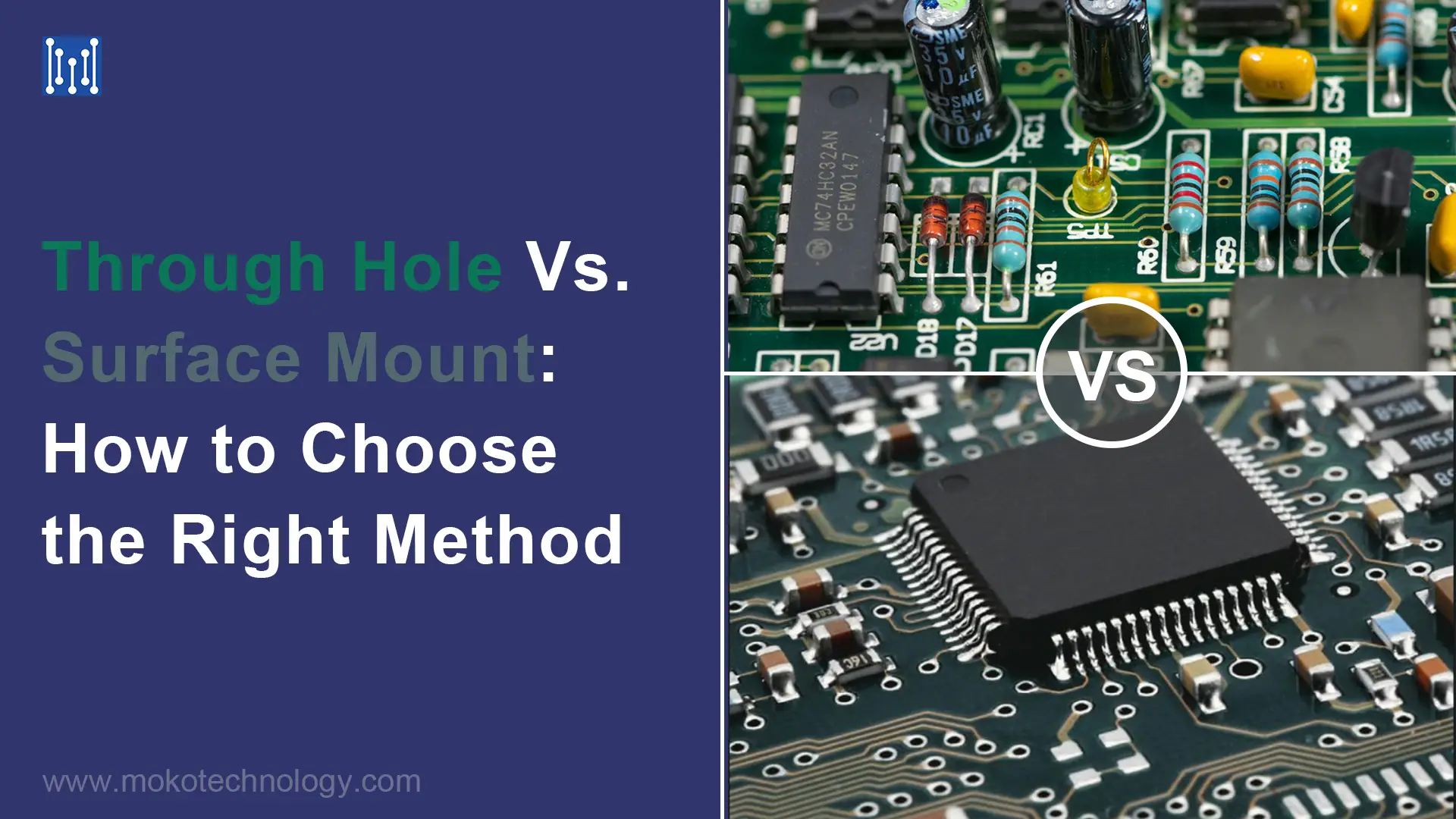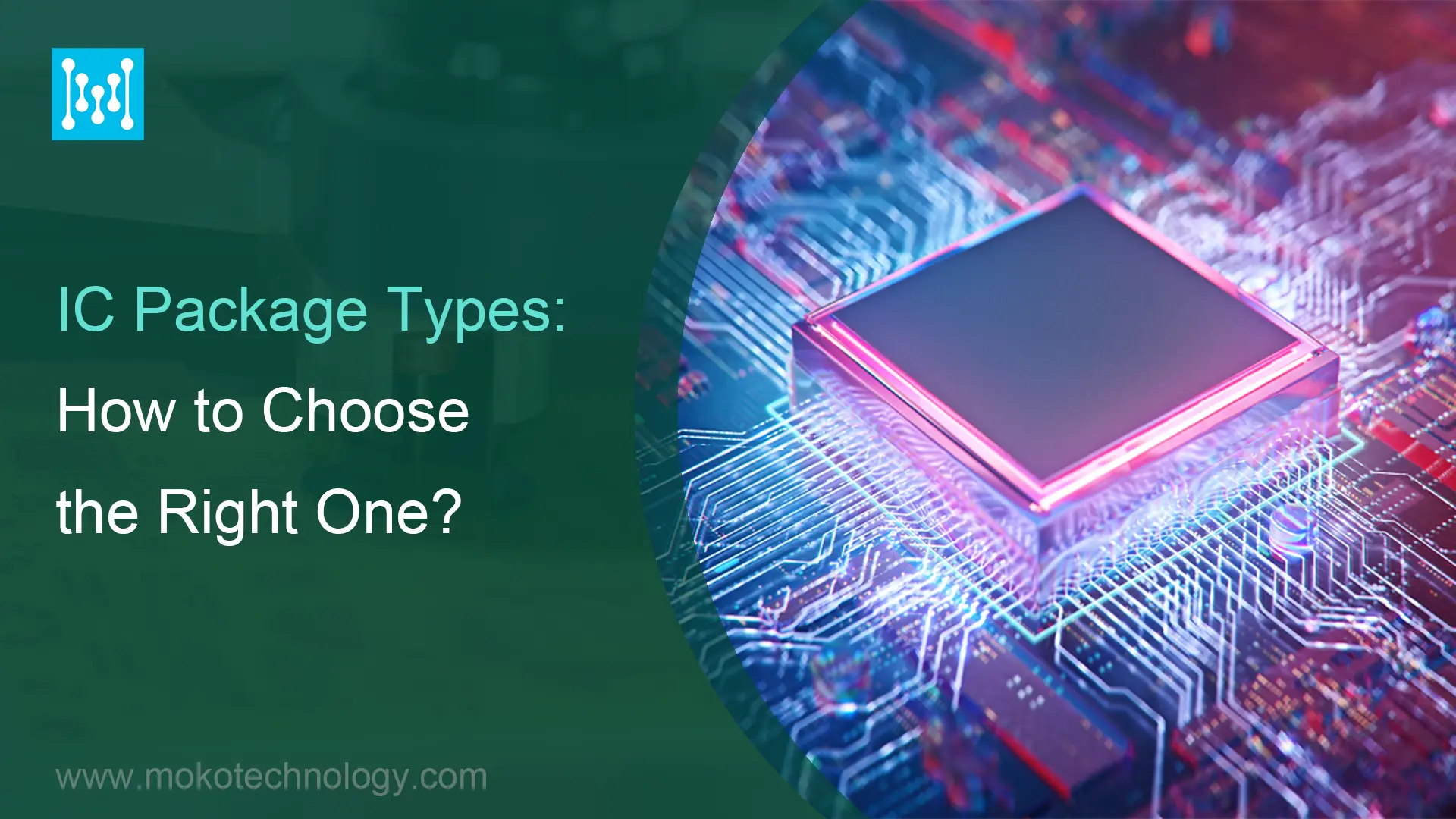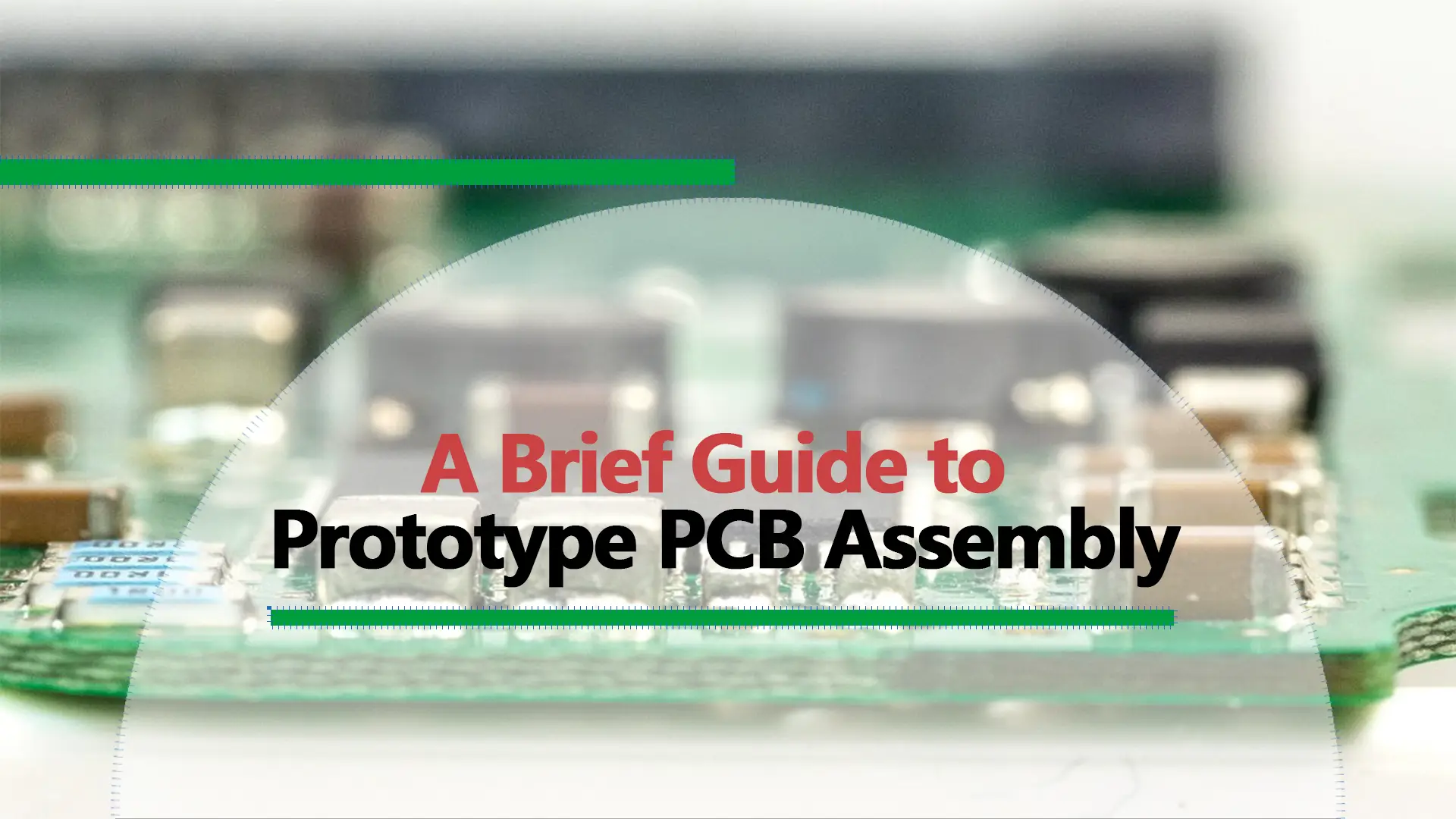In common, a prototype board is the same as the production board unless it is assembled by a different company or production line. If any problems are found in the prototype, the design will be fixed before production is started.
Read More: Prototype PCB Assembly Services
#PCB Assembly #PCB Manufacturing



